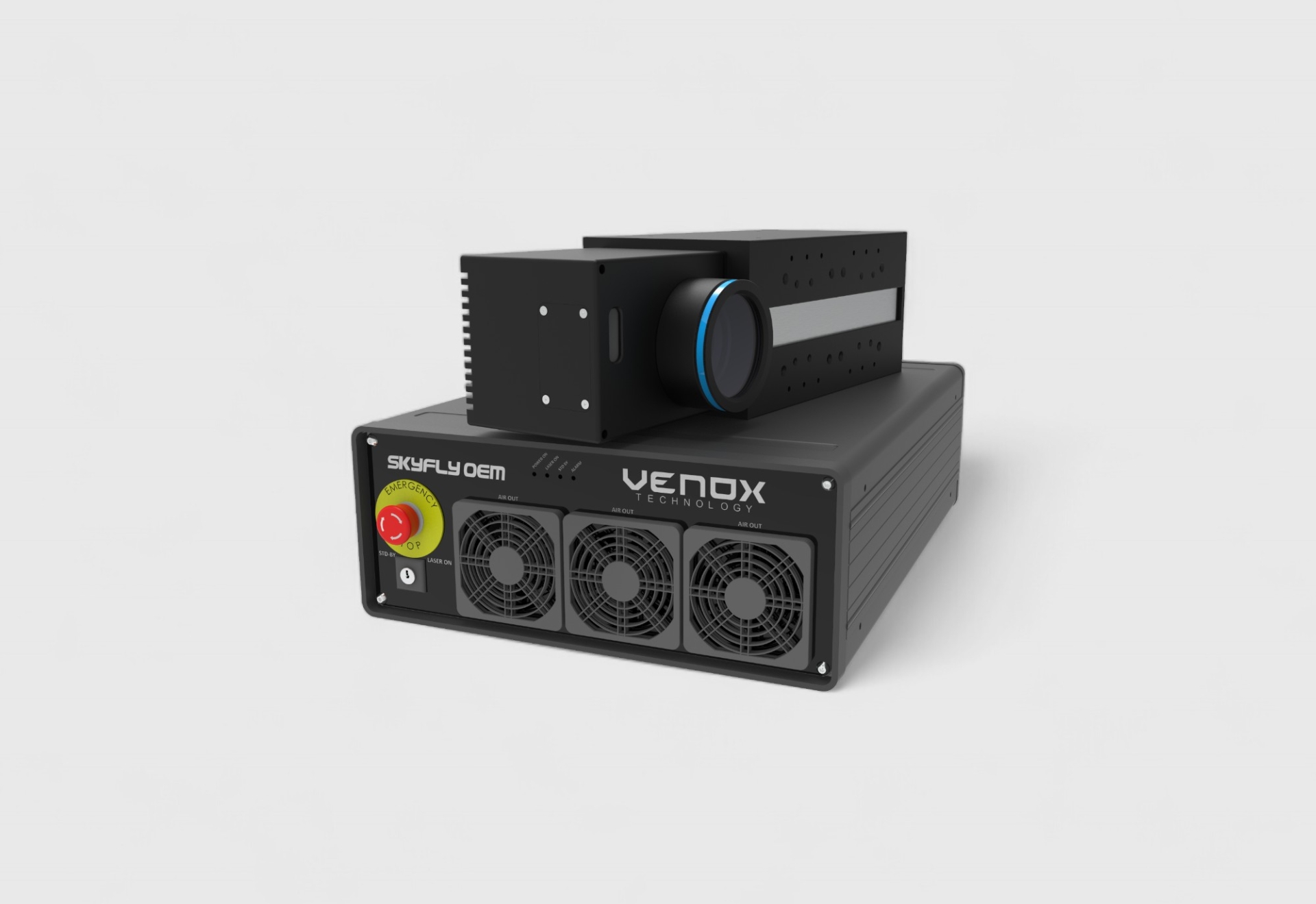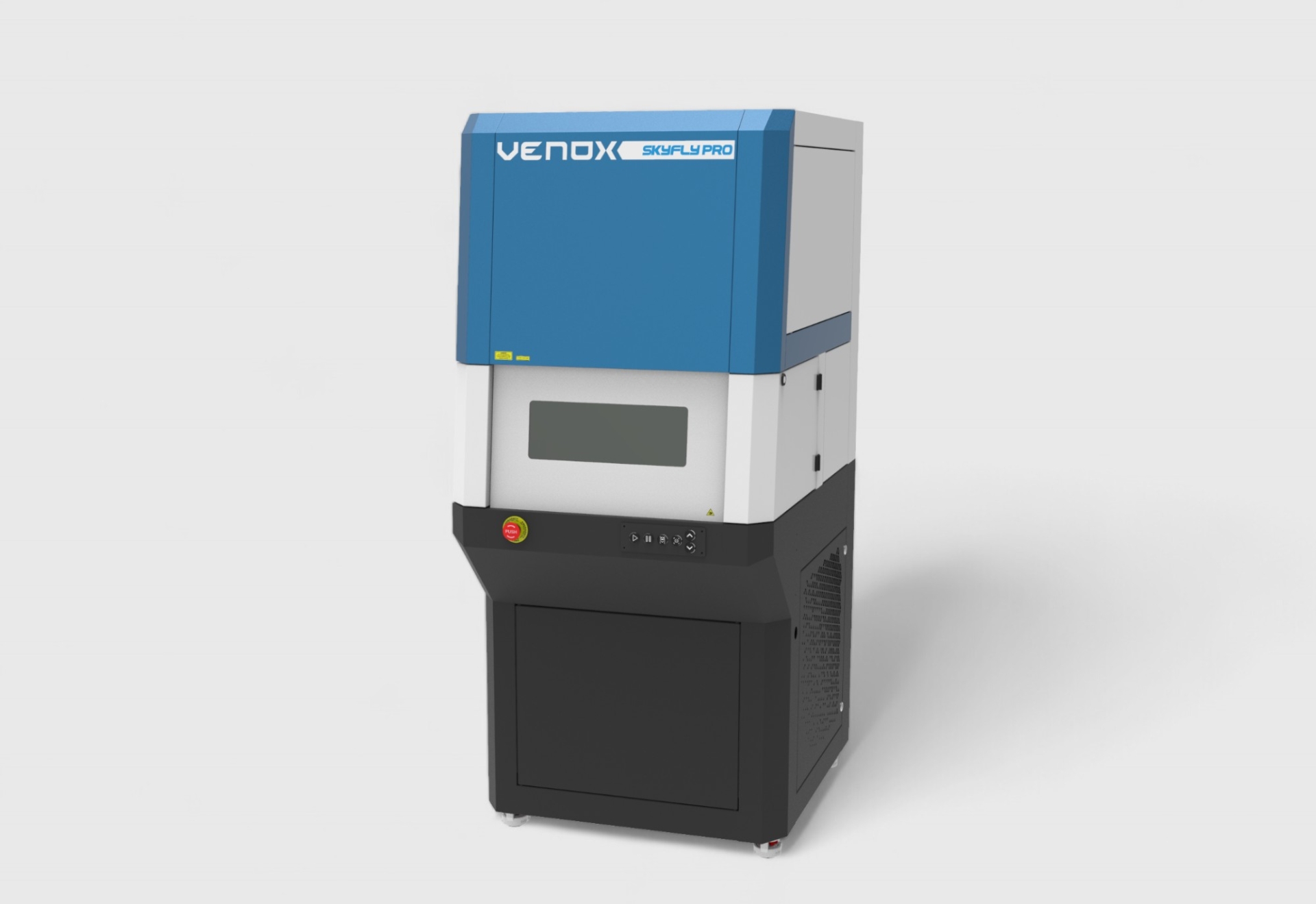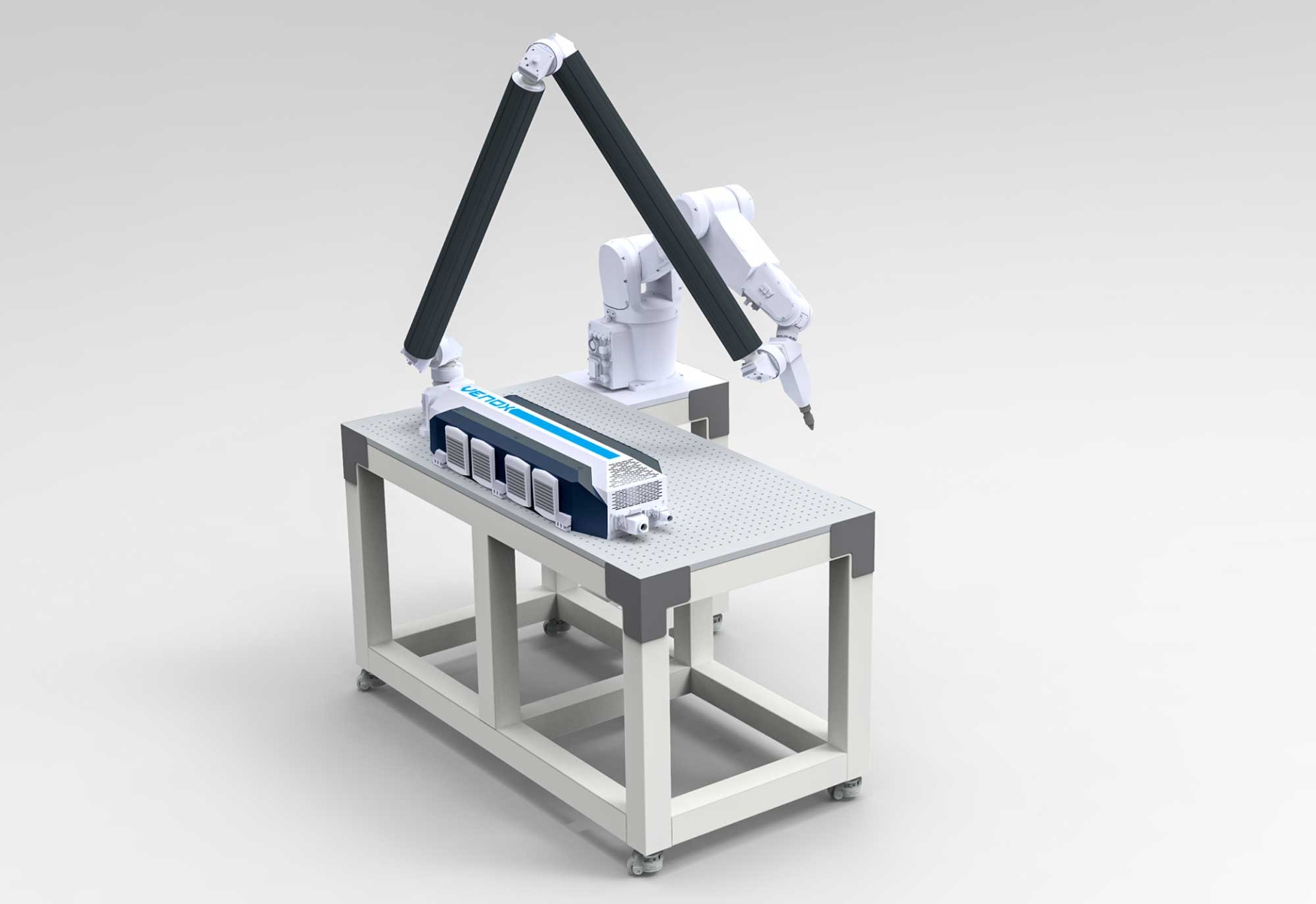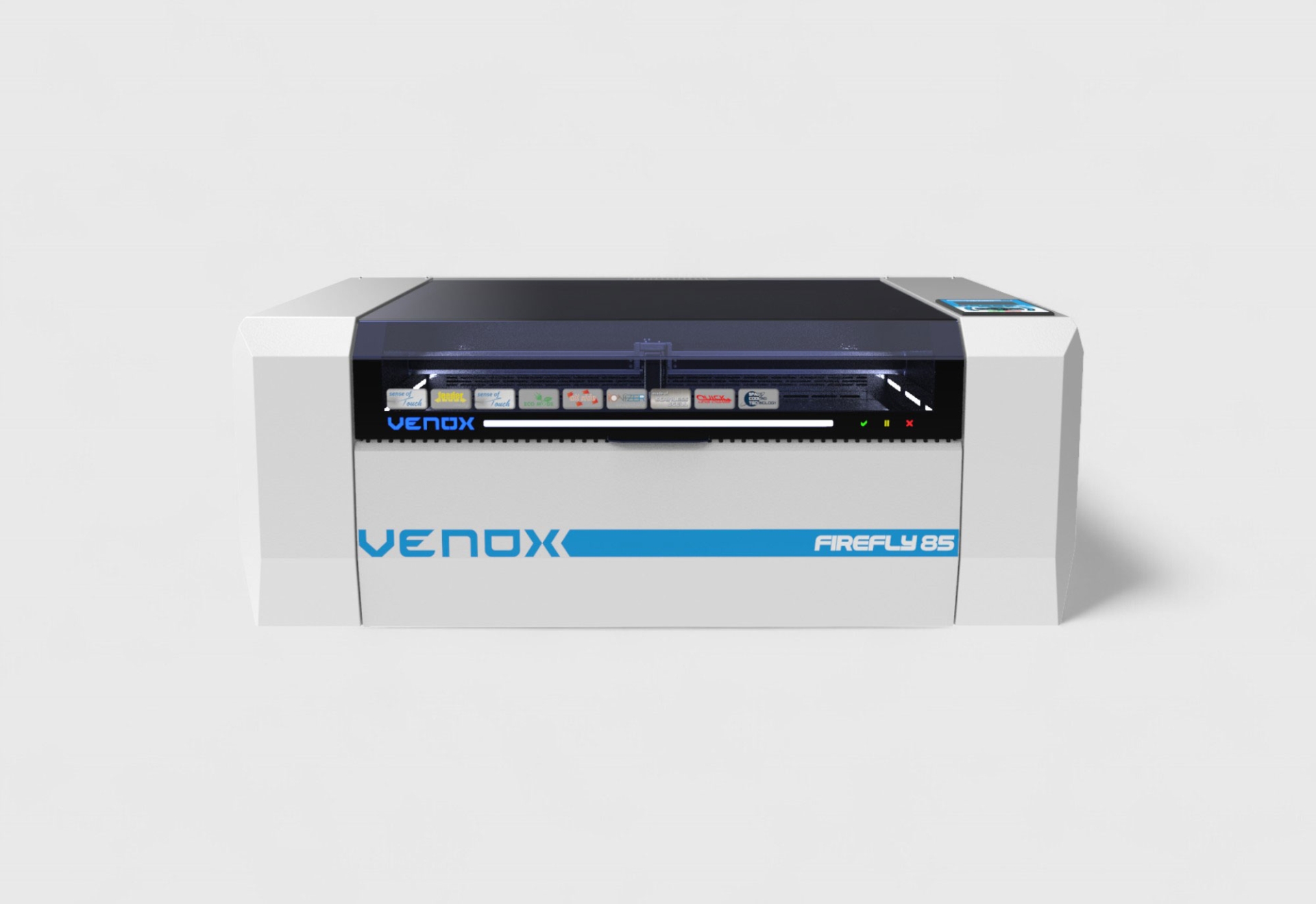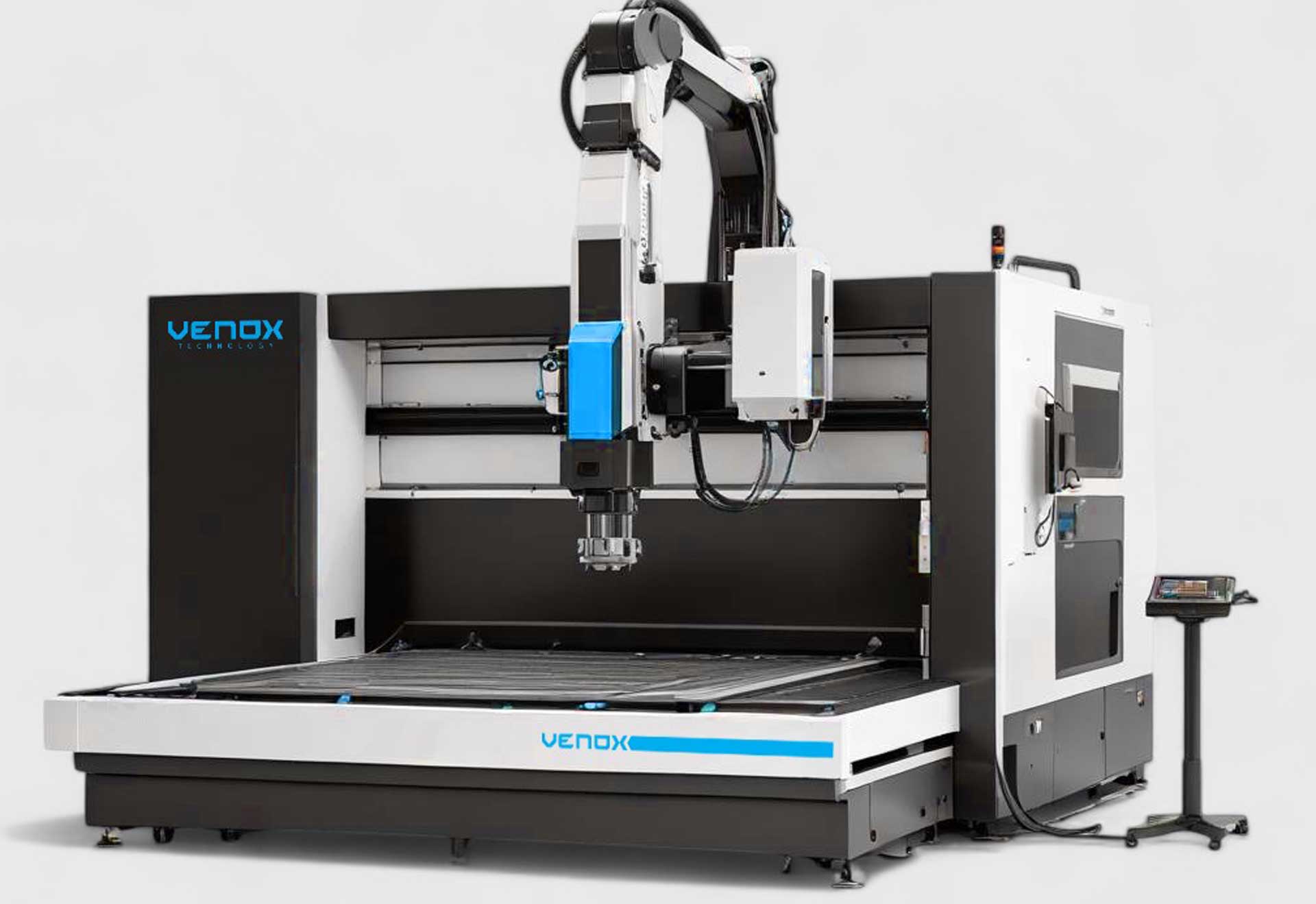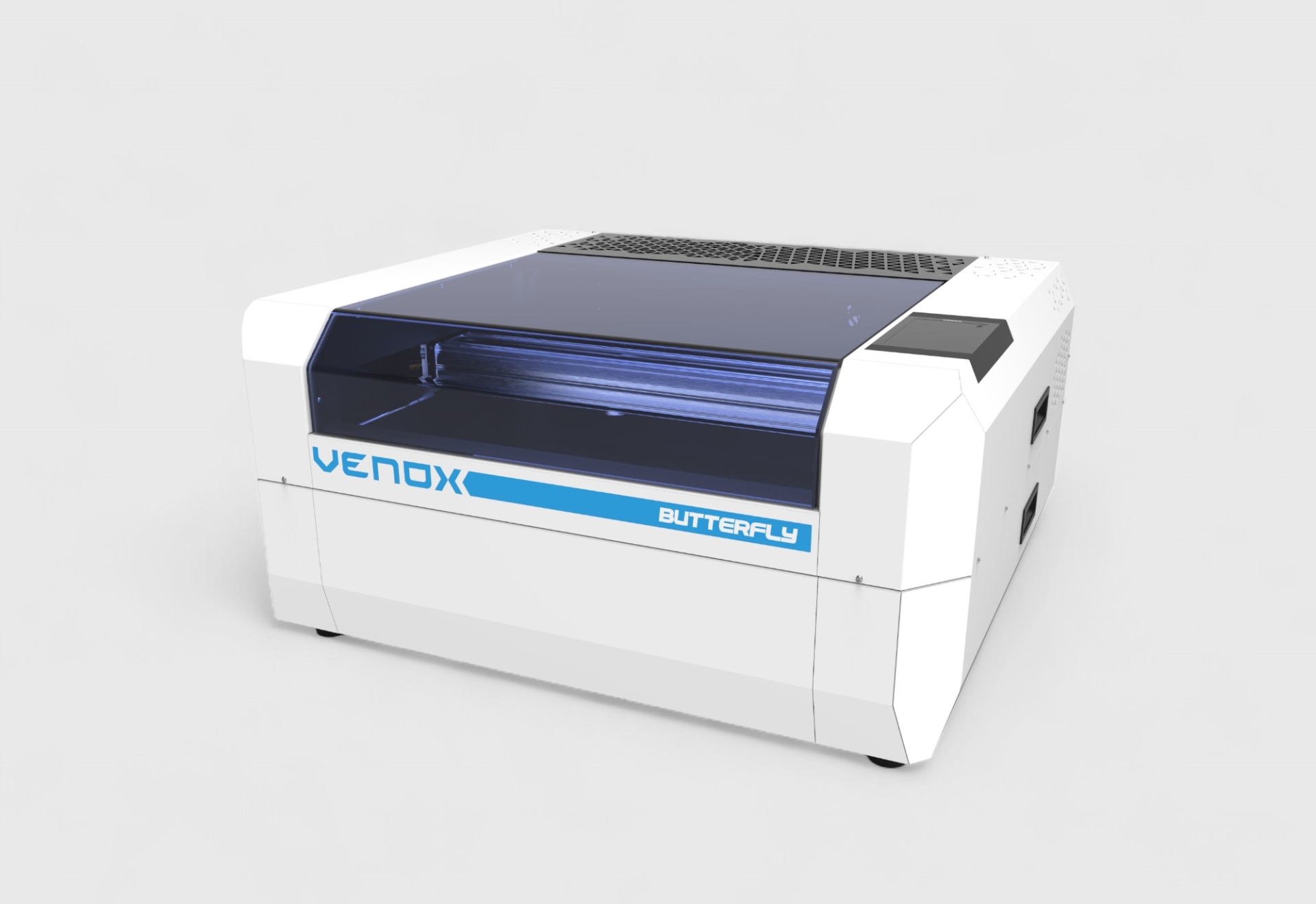Comparison of Fiber, CO₂, and UV Laser Marking Machines: Which Technology and When?
Quick Summary: Which Technology Fits Which Application?
Fiber: Metal-focused, fast, and high contrast. CO₂: Clean engraving on organic/coated surfaces. UV: Micro and damage-free marking on heat-sensitive materials.
Selection Criteria: Material, Contrast, Speed, and Budget
When deciding, material type, desired contrast/depth, production line speed (takt), optical field (F-Theta lens), integration (PLC/MES/vision), and total cost of ownership (TCO) should be considered together.
Fiber Laser: Performance on Metal, Deep & Black Marking
- Ideal materials: Stainless steel, aluminum, brass, titanium.
- Advantages: High speed, low maintenance, deep and permanent marking; black/colored effects with MOPA.
- Typical use: Serial numbers, Datamatrix/QR, UDI, traceability.
- Limitations: Inefficient on organic surfaces like glass/wood.
CO₂ Laser: Clean Results on Organic and Coated Surfaces
- Ideal materials: Wood, leather, glass, cardboard, acrylic; painted/coated surfaces.
- Advantages: Homogeneous engraving on large areas, speed in packaging and labeling applications.
- Typical use: Packaging date/lot, logo, and fast surface engraving.
- Limitations: Less effective in direct contrast on metals compared to fiber.
UV Laser: Micro & Precise Marking with Low Thermal Impact
- Ideal materials: Thin plastics, PCBs, glass, medical polymers.
- Advantages: “Cold marking” enables micro text/symbols without deformation.
- Typical use: Medical UDI, electronic component marking, micro codes.
- Limitations: Investment cost and power classes are generally higher.
Material-Based Quick Guide
- Stainless/Aluminum: Fiber (with black contrast via MOPA)
- ABS/PC/PEI etc. plastics: UV (non-deforming), CO₂ for some coatings
- Glass: CO₂ (engraving) or UV (micro and clean edges)
- Wood/Cardboard/Leather: CO₂ (high speed, large area)
Optics & Lens Selection: Area, Spot Size, Focus
F-Theta lens determines the marking area (e.g., 100×100, 200×200 mm) and spot diameter. A small spot enables finer lines and higher resolution; larger areas require bigger lenses and appropriate scanning parameters.
Contrast & Quality: Code Readability
To verify GS1, UDI, Datamatrix/QR codes with a camera (ISO/IEC 15415/15416), surface preparation, correct power/speed/frequency, suitable hatch, and scanning strategies are critically important.
Speed & Takt Time: Impact of Power and Parameters
As the target takt time decreases, higher power, optimized galvo parameters, and more suitable hatch strategies may be required. This balance enables achieving the same contrast in less time.
Integration: PLC, MES/ERP & Vision
- Connectivity: OPC UA, Profinet/EtherNet/IP, Modbus, REST API
- Vision: OCR/OCV, code quality grading, anti-counterfeiting
- Automation: Conveyor, robot, sensor triggering, encoder synchronization
Maintenance, Filtration & TCO
Dust/particle filtration, lens cleaning, and galvo calibration preserve quality.
